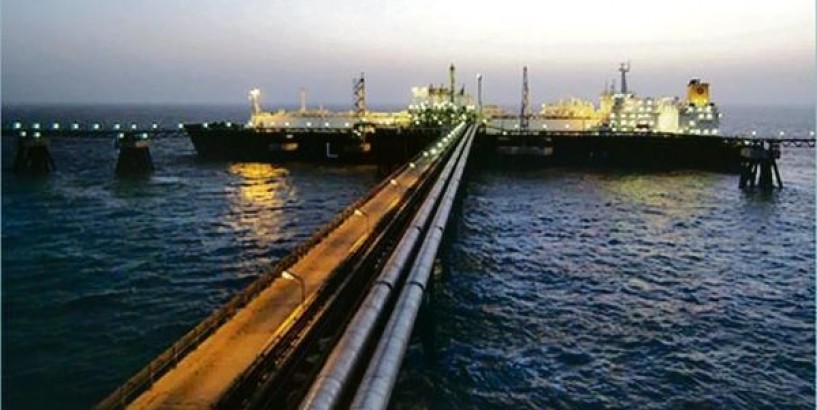MUMBAI : As the world focuses on shifting away from dirtier burning fuels to natural gas, global demand for liquefied natural gas (LNG) is expected to double to 700 million tonnes by 2040, Royal Dutch Shell said Thursday in its annual LNG Outlook.
Asia is expected to remain the dominant region in the decades to come, with South and South-East Asia generating more than half of the increased demand.
“The global LNG market continued to evolve in 2019 with demand increasing for LNG and natural gas in power and non-power sectors," said Maarten Wetselaar, Integrated Gas and New Energies Director at Shell.
“Record supply investments will meet people’s growing need for the most flexible and cleanest-burning fossil fuel."
Natural gas emits between 45% and 55% fewer greenhouse gas emissions and less than one-tenth of the air pollutants of coal when used to generate electricity.
In 2019, global LNG demand grew by 12.5% to 359 million tonnes. Europe absorbed the majority of 2019 supply growth as competitively-priced LNG furthered coal-to-gas switching in the power sector and replaced declining domestic gas production and pipeline gas imports.
Wetselaar added, "While we see weak market conditions today due to record new supply coming in, two successive mild winters and the Coronavirus situation, we expect equilibrium to return, driven by a combination of continued demand growth and reduction in new supply coming on-stream until the mid-2020s."
New spot-trading mechanisms and a wider variety of indices used for long-term contracts point towards LNG becoming an increasingly flexible commodity.
There was a modest rise in imports to Asia in 2019, compared to the previous two years, a result of mild weather and rising electricity generation from nuclear power in Japan and South Korea, two of the three largest global importers.
In China, LNG imports increased by 14% in 2019 as efforts continued to improve urban air quality.
In total, Bangladesh, India, and Pakistan imported 36 million tonnes, an increase of 19% over the last year, pointing to emerging growth countries in Asia.
Asia is expected to remain the dominant region in the decades to come, with South and South-east Asia generating more than half of the increased demand, the report added.









